|
How Does a Laser Welding Work?
Laser welding is a high-precision and high-efficiency welding technology that uses the energy of a laser beam to weld metal workpieces together. The working principle of laser welding is based on the optical properties of lasers and the properties of metal materials. The entire working process can be divided into several steps:
1. Laser generation: First, a high-energy laser beam is generated by a laser.
2. Optical focusing: The laser beam is focused into a smaller focus through an optical system (including lenses, reflectors, etc.), increasing its energy density to a level sufficient to melt the metal.
3. Welding zone heating: The laser beam irradiates the welding area and acts on the metal surface to cause instantaneous heating, causing the metal material to quickly heat up to the melting or vaporization point. This heating method is called "local heating".
4. Melting and mixing: The metal material melts under the high energy of the laser beam to form a molten pool and mixes with the molten pool of the adjacent workpiece. Under the control of the laser beam, the shape and size of the molten pool can be accurately controlled.
5. Solidification and solidification: When the welding area cools, the metal molten pool gradually solidifies to form a weld, completing the welding process. The cooling rate and solidification morphology are related to the quality and performance of the weld.
Laser welding has the characteristics of high energy density, fast heating speed, large welding depth, small heat-affected zone, etc. It can achieve high-precision and high-quality welding and is suitable for welding various metal materials and thin plates. In addition, laser welding can also realize automated and precise production and can be applied to the welding and production of complex parts.
|
How Important Is a Laser Welding?
Laser welding is a modern welding technology with high efficiency, high precision and high quality. It is highly respected for its importance in various industrial fields. The following is an introduction to the importance of laser welding:
1. High-quality welding: Laser welding can achieve high-precision and high-quality welding, the welding joint is flat and uniform, the heat-affected zone is small, and the weld has no obvious cracks or pores. It can ensure the strength and sealing of the welding joint, so it is widely used in aerospace, automobile, electronics and other fields.
2. High welding efficiency: Laser welding has the advantage of fast welding speed. The welding speed is usually several times faster than traditional welding methods or even more, which can improve production efficiency and reduce production costs.
3. Strong flexibility: Laser welding is suitable for various metal materials, dissimilar metal welding, thin plate welding, complex shape welding, etc. It has greater welding adaptability and can meet different welding needs.
4. Non-contact: Laser welding is a non-contact welding method that does not require physical contact with the workpiece surface, avoids damage and distortion to the workpiece, and is suitable for occasions with high requirements on the surface of the welding material.
5. Automation and intelligence: Laser welding can be combined with automation equipment to build an automated production line, improve production efficiency, reduce manual intervention, and realize intelligent functions such as remote control and automatic detection.
6. Environmental protection and energy saving: No external materials need to be added during laser welding, no smoke and exhaust emissions, no chemical waste, and environmentally friendly.
Laser welding has the characteristics of high quality, high efficiency, high flexibility, non-contact, automation, environmental protection and energy saving, and plays an important role in modern manufacturing. With the continuous development and gradual maturity of industrial technology, it is believed that laser welding technology will have a wider application and development prospects in the future.
|
What Is the Purpose of Laser Welding?
Like all welding methods, the goal of laser welding is to join two or more materials together. Laser welding has advantages over traditional methods and is used in various industries for:
- Joining similar, dissimilar, and even "incompatible" materials.
- Precise and high-quality welding, including micro-welding that would otherwise be difficult.
- Creating a small heat-affected zone.
- High processing speed and productivity.
- Easily adaptable to automation and machine integration.
- A versatile and flexible process.
- Non-contact and low collateral damage, thanks to tightly controlled energy application and minimal "exhaust" or splash.
|
What Are the Uses of Laser Welding?
As a high-precision and high-efficiency modern welding technology, laser welding has a wide range of applications and is widely used in various industrial fields. The following are some of the main uses of laser welding, which are introduced in detail:
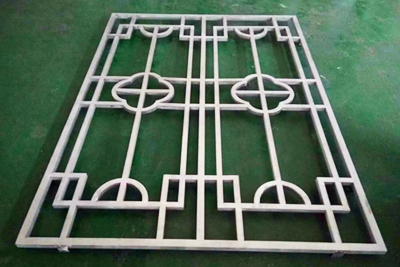
Metal manufacturing industry
In the metal manufacturing industry, laser welding is often used for welding metal materials such as stainless steel, aluminum alloy, and carbon steel. It can achieve high-precision and damage-free welding, and is suitable for manufacturing aerospace devices, automotive parts, electronic devices, instruments and meters and other products.
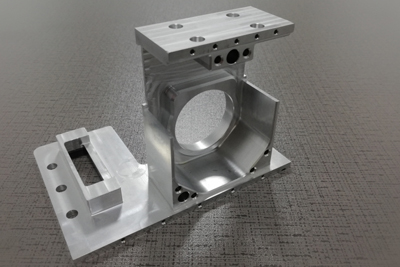
Aerospace industry
In the aerospace industry, laser welding is widely used to weld key components such as aircraft engine parts, aircraft structural parts, and aerospace devices. Laser welding can achieve high-strength, high-precision, and lightweight welding to ensure the safety and reliability of aerospace products.

Automobile manufacturing industry
In the automobile manufacturing industry, laser welding is widely used to weld automobile bodies, chassis, parts, etc. Laser welding can achieve high-efficiency and high-quality welding, improve the quality and production efficiency of automobile products, and at the same time reduce the weight of the body and improve fuel efficiency.
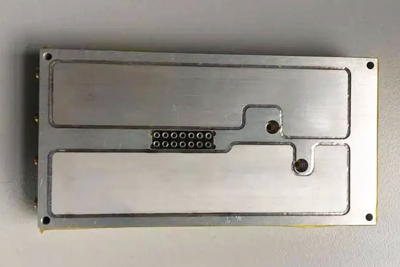
Electronics manufacturing industry
Laser welding is used in the electronics manufacturing industry to weld electronic components, circuit boards, microelectronic devices, etc. Laser welding has the advantages of small heat-affected zone, fast welding speed, and fine weld, which can ensure the quality and stability of electronic products.
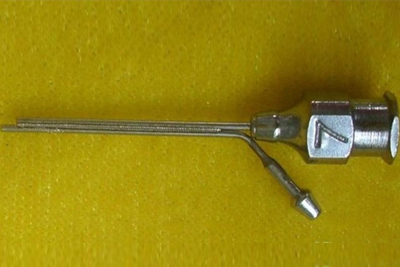
Medical device manufacturing
In medical device manufacturing, laser welding is used to weld medical device parts, medical device housings, etc. Laser welding can achieve high-quality welding of medical metal materials such as stainless steel and titanium alloys, ensuring the safety and reliability of medical devices.
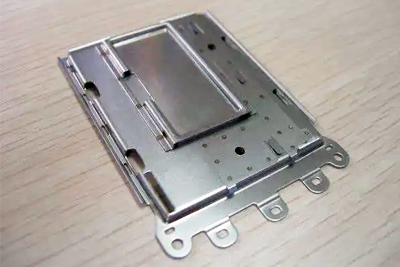
Optoelectronics industry
In the optoelectronics industry, laser welding is used to weld optical fiber connectors, laser components, optoelectronic devices, etc. Laser welding can achieve high-precision welding of optical components and ensure good performance of optical systems.
Laser welding has a variety of uses in different industries, including processing metal products, aerospace devices, automotive parts, electronic products, medical devices, etc., and is widely used in various fields, providing efficient and high-quality welding solutions for industrial manufacturing, and promoting the development and progress of modern industry.
|
What Are the Advantages of Laser Welding?
Laser welding offers several clear advantages over traditional gas, electric arc, and chemical welding methods, including:
- Precise and tightly controlled processing: The laser can be finely focused, allowing for localized and intense heating, giving precise control of the weld depth and width.
- Weld quality: Laser welding, when executed well, produces joints with native material strength, good integrity, no inclusions or porosity, and less need for post-weld improvement.
- Versatile material range: The technology is compatible with the widest spectrum of materials of any welding method. Enabling the welding of dissimilar materials has created potential in jointing materials/pairings that are otherwise impossible to weld.
- Speed and cost benefit: Laser welding is operationally quick and highly efficient, contributing to increased productivity and reduced manufacturing costs.
- Non-contact welding: Since no hardware ever touches the materials being welded, there is no risk of contamination or damage to the weld area or equipment.
- Automation and system integration: Laser welding modules can be integrated into manufacturing systems.
- Design flexibility: Alleviating the difficulties of other jointing systems, designers are free to solve development issues with fewer constraints.
|
What Are the Disadvantages of Laser Welding?
As a high-precision and high-efficiency modern welding technology, laser welding has many advantages, but also some disadvantages. The following are the main disadvantages of laser welding:
1. High equipment cost
Laser welding equipment is expensive, including lasers, lens systems, control systems, etc., and the investment cost is high. This may not be easy for small and medium-sized enterprises to afford, limiting the popularization and promotion of laser welding technology.
2. High requirements for materials
Laser welding is suitable for most metal materials, but the effect may not be ideal for some special materials such as non-ferrous metals. Some materials may reflect, absorb or conduct laser energy, resulting in reduced welding quality.
3. High operating technology requirements
Laser welding requires operators to have high professional skills and experience, especially precise welding control and welding parameter debugging, and the operation is relatively difficult.
4. High requirements for welding environment
Laser welding has high requirements for the environment, such as the welding area needs to be kept clean and dry, avoid interference from dust and impurities, and maintain stable temperature and light conditions.
5. Limited welding speed
Although laser welding is fast, it may not be suitable for some workpieces with high aspect ratios and processes with low welding speed requirements. In addition, the welding speed is closely related to the processing properties and thickness of the material, and the parameters may need to be adjusted to achieve the best welding effect.
Although laser welding has many advantages, it still has some disadvantages and limitations in some aspects. Therefore, when choosing laser welding technology, it is necessary to comprehensively consider its advantages and disadvantages and select it in combination with specific application requirements to obtain the best welding effect. If you have any questions about laser welding, click here to contact Suntop laser immediately to help you solve the problem.




































